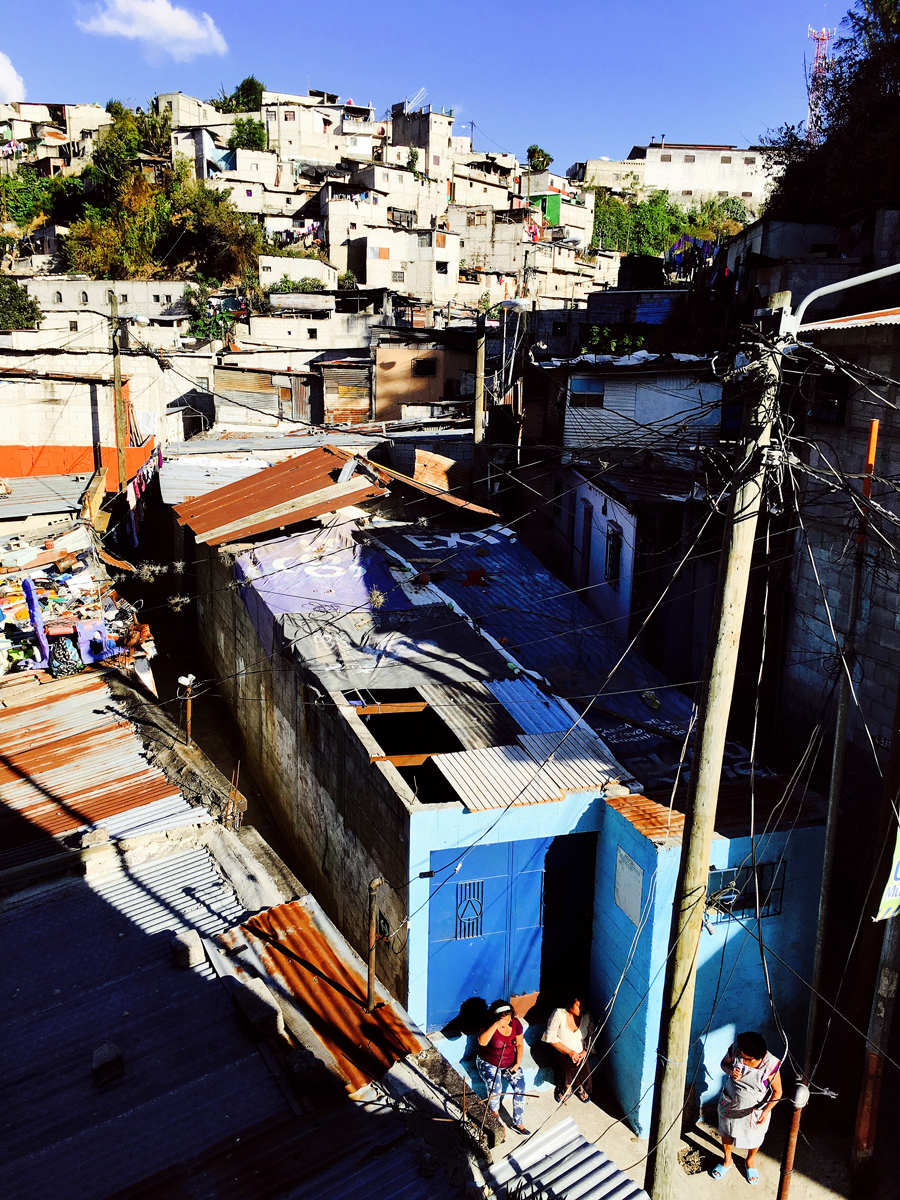Mightier Than the Sword
White Whale Tattoo transforms the lives of Guatemalan gang members with a little bit of ink and a lot of compassion
Jeremiah Griswold of Walnut Hills’ White Whale Tattoo shades the Venn diagram between self-expression and social justice. While living in Guatemala in 2007, he fell in love with the country and began volunteering in schools and gang prisons in La Limonada, one of Central America’s largest slums, helping design cover-up tattoos for former gang members who were starting over. After realizing this simple artistic endeavor was literally saving lives, Griswold returned to Cincinnati and devoted his life to tattooing, vowing to go back to Guatemala with a team of artists to provide free cover-up services to those in need.
Ten years later, this past January, Griswold spent 10 days in Guatemala with part of his White Whale Tattoo team, Niki Woltja and Jaclin Hastings; his wife, Becki; and a handful of assistants and photographers, including former CityBeat photographer Jesse Fox, exploring the country and also working with aid organizations and grassroots community leaders to do cover-up tattoos for around 30 former gang members who had re-entered society. The following is Jeremiah’s retelling of that experience.
The Beginning
In 2007, I decided to sell my house and quit my job and move to Guatemala. I had reached a point where I was trying to figure myself out. I just wanted six months with no strings attached where I could do whatever I wanted — I wanted to volunteer; I wanted to learn about people who were doing really cool things down there. So I volunteered a few days a week and I explored the country a few days a week.
Guatemala is about the size of Ohio. And it’s mountainous. There are volcanoes everywhere. It’s 75 degrees most of the year. It’s called the “land of eternal spring,” so there are beautiful flowers wherever you look, and at the same time there are rusty metal homes and there’s poverty and there’s garbage. It’s such a stark contrast all the time.
La Limonada, the largest slum in Central America. Guatemala City is divided into these zones. La Limonada is in Zone 1, I believe. It’s the largest slum in Central America. From what I understand, La Limonada began in the civil war when indigenous Mayans who had lost their land came to the city looking for help. Families that were torn apart — mothers and their children after their fathers were killed — needed a place closer to the city that had access to things. The city really had nothing to offer them so people started building these shacks in what is basically a big ravine and it became a kind of community.
People who grew up there say just 20 or 30 years ago, there was land and trees growing on the sides of the ravine, and now it’s completely barren of that except for all of these cinder block and corrugated metal shacks just stacked on top of each other. The police won’t even go into La Limonada because of the gang violence. They’ll sit on the edge of the community and make sure people aren’t coming out, especially gang members, but they wont go in. There’s this law of the land there.
When I asked what La Limonada stood for and why it was called that, the story I was told is that it means “the lemonade.” The reason is because it’s kind of bittersweet. You see that in the character of the people who live there. When you walk around, people are very proud of their homes and they’ll welcome you in and they’ll share whatever they have with you. But there’s also this sense of, as you look around behind you, there are these bullet holes in the walls and this sense that you have to be really strong and really careful to live there.
Read the full story here | Originally published March 1, 2017
Winner: Best Lifestyle Feature Cincinnati SPJ













WINNER: Best Lifestyle Feature 2017 | Cincinnati Society for Professional Journalists




